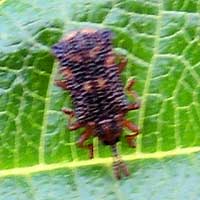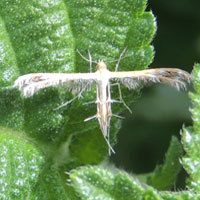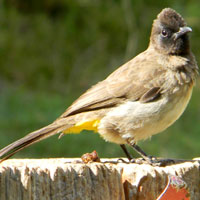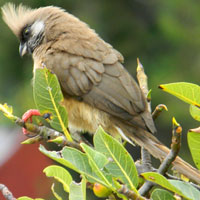Lantana
Lantana camara
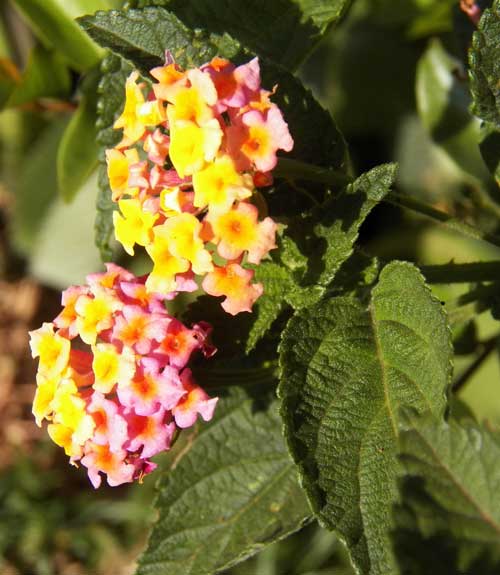
Photographed in a hedgerow at Eldoret, Kenya. January 2012.
For nature lovers it is sometimes hard to look at lantana and see it as a
devastating, invasive weed. It springs uninvited from fence rows, garden plots
and waste ground with vigor and a never ending abundance of brightly colored
flowers. What's not to like about it? 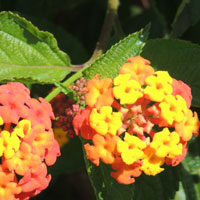
Its native home is Latin America but gardeners have moved it to hot climates everwhere. It grows fast and reproduces via berries eaten by birds with great efficiency. Thus it tends to push out native plants and because livestock find it mostly unpallatable it can cover vast areas. Birds eat the berries and ensure that it is growing even more widely than gardeners would have it by spreading the seeds in their droppings. Sharp prickles appear along the angled stems and the leaves are strongly aromatic. Leaves have prominent veins and the margins are serrated.
A number of insects, including moths, beetles and leaf-mining flies have been introduced to Africa for the purpose of achieving some level of biological control. One example is the lantana hispine beetle which created tunnels in the leaf surface. Results have been mixed. On reason might be the great variety of species, varieties and hybrids that of lantana that have been spread around.
